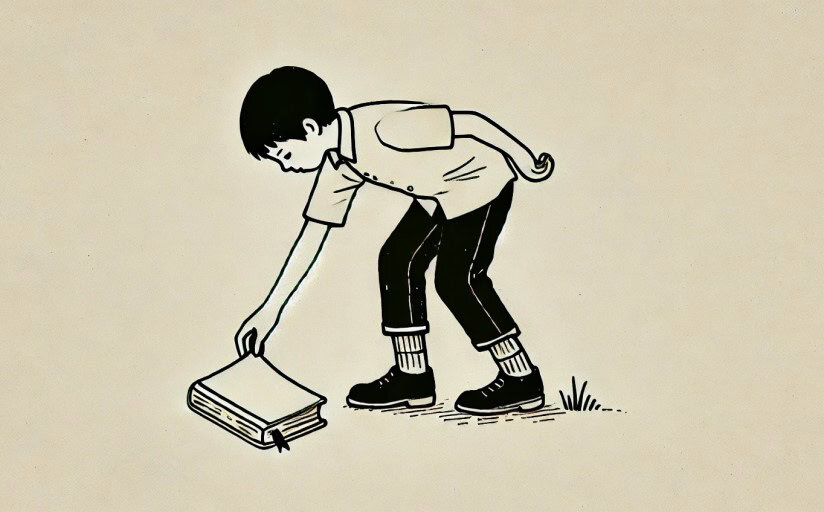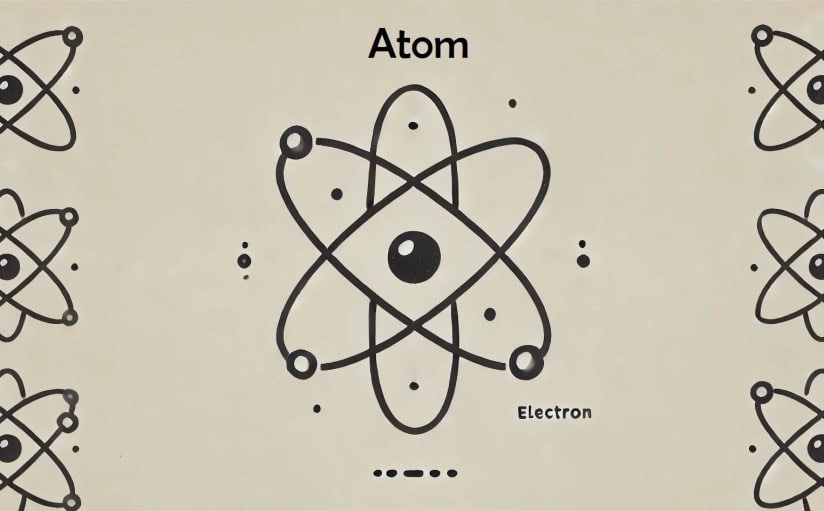Have you heard of the particle in grammar? You probably studied it in school but can’t quite remember how it fits into sentence structure.
If you’re scratching your head in confusion, wondering, “So, what is a particle in grammar?” there’s no need to rummage for your magnifying glass to search your sentences in depth. Particles aren’t quite atomic in size, but these little words can pack a powerful blast on a sentence’s meaning.
What Is a Simple Definition of “Particle”?
In grammar, a particle is a simple word that adds to the structure and meaning of a sentence but carries little or no meaning on its own. Particles do not change form from one sentence to the next.
In other words, a particle must be associated with another word in order to have meaning.

What Is an Example of a Particle?
We now understand that a particle is a word that often works with another word to show its actual meaning. Consider the simple sentence, “John picked up the book.”
Here, the particle “up” changes the meaning of the sentence.
Without the particle “up,” the sentence would just be “John picked the book,” which means John chose a book. However, adding “up” gives us more information about the action “picked.” We come to understand that John lifted the book from a lower position to a higher one.
“Up” is one of the most commonly used particles, and it can function as an adverb, adjective, preposition, noun, or verb, depending on how it is used.
But, wait a minute. I just said that particles don’t have meaning by themselves, but everyone knows that “up” means “above” or “high,” which makes sense when you understand that “John picked up the book” to move it from a low position and (at least temporarily) moved it to a higher position.
Well, consider the different meanings that “up” carries in these sentences!
- Our time to test is up. (Adverb meaning “at an end.”)
- Students from second grade and up are invited to participate in the school science fair. (Adverb meaning “in a continual sequence.”)
- I’m too embarrassed to bring up his body odor. (Adverb meaning “into consideration or attention.”)
- The group of rhinoceroses ran up the rocks. (Preposition indicating direction or motion.)
- Did you ever find out what was up with George? (Adjective meaning “going on.”)
In all of those sentences, “up” functions as a particle to give deeper meaning to the action or state described. This is the power of particles in grammar!
What’s the Difference Between a Particle and a Preposition?
Prepositions show relationships between words, while particles add nuance or emphasis to verbs.
Preposition
A preposition typically comes before a noun or pronoun to show its relationship with other words in the sentence.
For example, in the phrase “on the table,” the word “on” is a preposition that shows the relationship between the table and something else.
Particle
A particle doesn’t fit neatly into any specific grammatical category. It often functions as part of a verb phrase, adding nuance or emphasis to the main verb.
For example, in the phrase “I’m looking forward to your visit,” the word “forward” is a particle that adds emphasis to the verb “looking.”
Typically, “looking forward” would mean to look in the direction ahead. As a particle, however, “forward” doesn’t fit the traditional role of any part of speech by itself. Instead, it works within the verb phrase to mean “anticipate with pleasure.”
Particle vs. Preposition Examples
Here’s another example that shows the difference between a particle and a proposition using the word “in”:
As a Particle
- “She gave in to their demands.”
- “In” is part of the phrasal verb “give in,” meaning to surrender or yield.
We cannot separate “gave” and “in.” They work as a pair to give the sentence meaning.
As a Preposition
- “She put her keys in the drawer.”
- “In” shows the relationship between “the keys” and “the drawer.”
We understand that the keywords are inside the drawer.
What Are the Types of Particles?
There are different types of particles in English grammar, with some of the most common ones being adverb particles. For example, in the sentence “She ran away quickly,” the word “away” is an adverb particle that modifies the verb “ran.”
However, particles can come in other forms, too.
- Grammatical Particles – The infinitive marker “to,” as in “to go.”
- Discourse Particles – “Actually, I’m not sure.”
- Negative Particles – “Do not pass!”

The Power of Particles in Grammar
Keep an eye out for these small but impactful words in your writing, as they can make a big difference in how your message comes across. Understanding what a particle is in grammar and how it functions can improve your grammar skills. To flex your grammar muscles more, check out our other grammar tips articles!


Leave a Reply